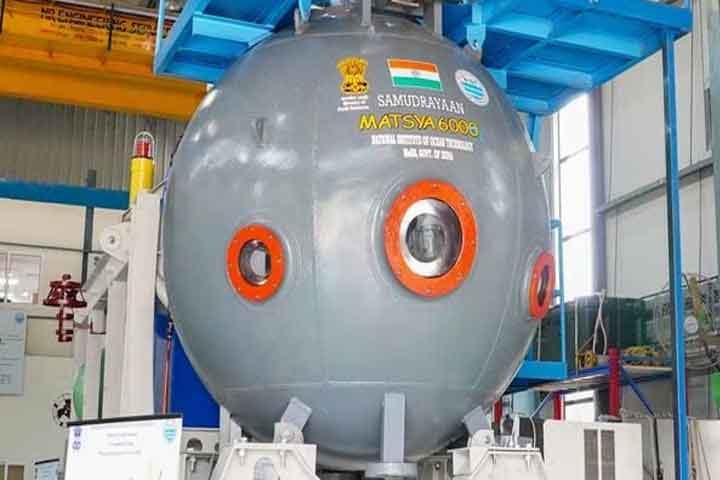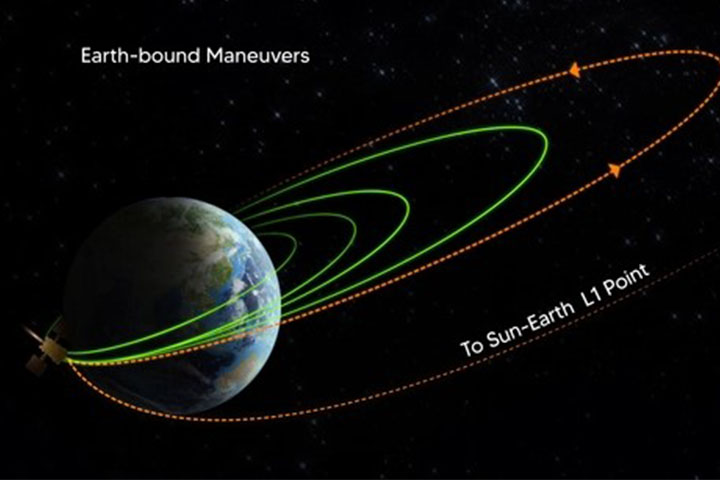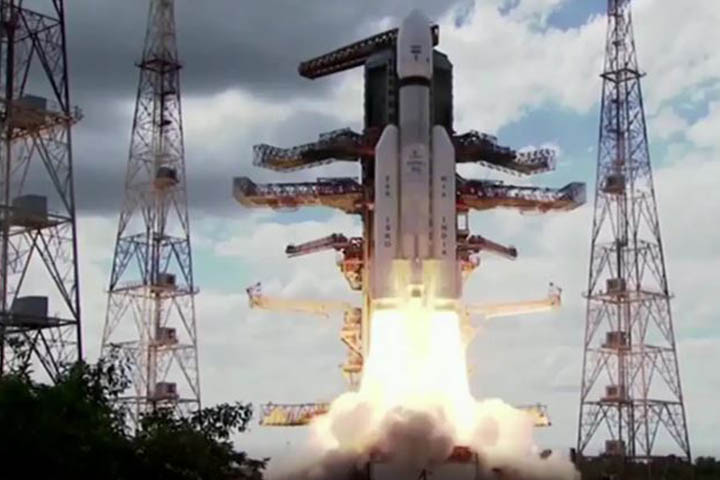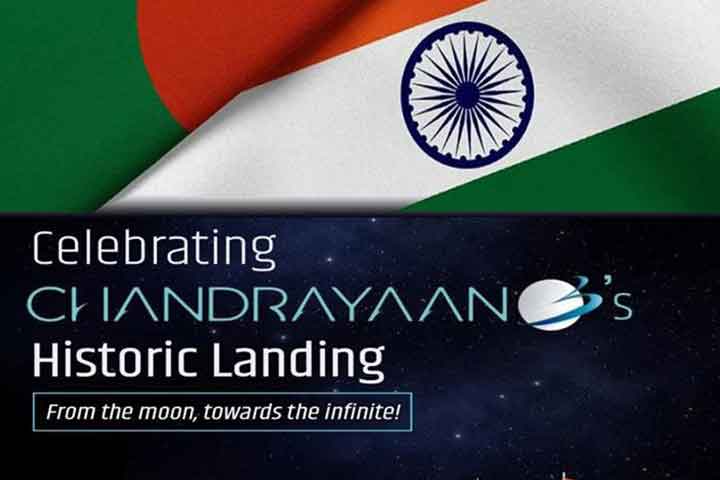India's Aditya-L1 solar probe launches
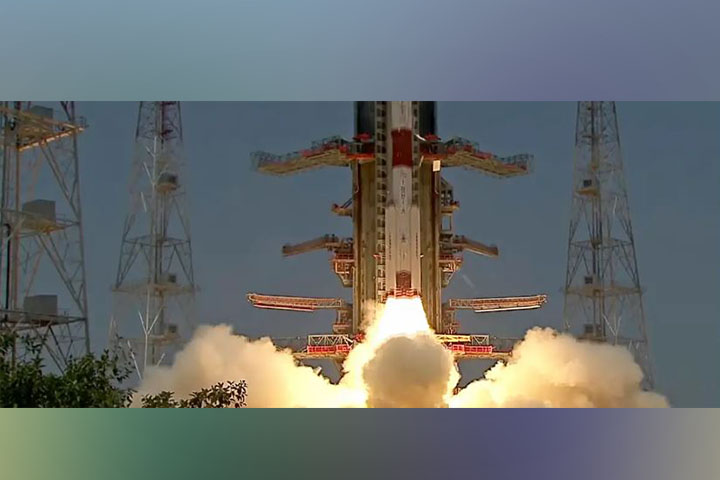
India launched its maiden expedition to observe the sun called Aditya-L1 on Saturday.
Following the success of India's moon landing with Chandrayaan-3 this is the country's next attempt at another space milestone.
Aditya L-1 launched at 11:50 a.m local time (0620 UTC/GMT). The crowd at the viewer's gallery and within the office of the Satish Dhawan Space Centre (SDSC) in Sriharikota district of the Southern Indian state of Andra Pradesh, erupted in celebration.
Within 10 minutes of the launch, the vehicle performance was reported to be normal.
A jubilant launch
With the success of the launch, Dr. Shankar Subramaniam the principal scientist of the mission announced that "now ISRO (Indian Space Research Organisation) has established that it has the capability to send observatory class missions anywhere in the interplanetary medium."
Aditya-L1 is carrying scientific instruments to observe the Sun's outermost layers and aims to study behavior.
Dipankar Banerjee, director at the Aryabhatta Research Institute of Observational Sciences (ARIES) said that "we're proud to be Indian...the entire country is excited that we got this opportunity now to travel towards the sun,"
Around an hour and a half after the launch, the Aditya-L1 satellite successfully separated from the rocket that had carried it into orbit, PSLV-C57.
"PSLV-C57 had injected Aditya L-1 satellite into the desired intermediate orbit. PSLV-C57 Aditya-L1 mission is accomplished" said the mission director
Indian Space Research Organisation (ISRO) tweeted a link to the launch of the spacecraft taking place at the SDSC.
Aditya-L1 could make a 'big bang' for science
The mission which is named after the Hindi word for "sun" blasted off on Saturday morning.
The spacecraft is set to travel about 1.5 million kilometers for over four months towards a so-called Lagrange Point in space.
Objects tend to stay put in this space because of the balancing act of gravitational focus which also aids to reduce fuel consumption of the spacecraft.
"India has a long tradition of looking at the sun from the ground...but there are limitations of looking at the sun from the ground because you can only see the lower atmosphere of the sun. So this was very, very important that we could go to the space," said Dipankar Banerjee director of ARIES.
"It is multi-wavelength, multi-instrument and multi-direction and it measures particle, field and radiation. So you don't have such kind of satellites existing at the L1 point so far or currently. That makes Aditya-L1 absolutely unique," said Anil Bharadwaj, director of Physical Research Laboratory, a unit of the Department of Space of Government.
Comments
Italy is overtaking Germany as Europe's economic powerhouse

Lawmakers urge Biden to call out more Chinese biotech firms

Gaza death toll crosses 33,000

US court orders exiled Chinese billionaire Guo Wengui to face fraud indictment
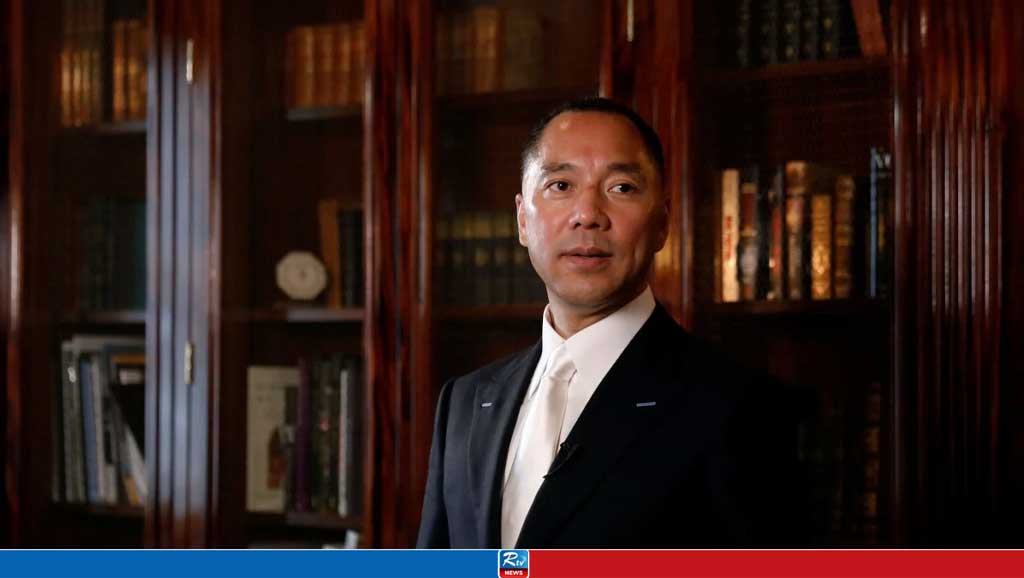
Hong Kong's lost freedom shows Xi Jinping's priorities: Analysis

All people of faith should stand against China’s Uyghur genocide

Climate activist Greta Thunberg arrested in the Netherlands


 Live Tv
Live Tv

